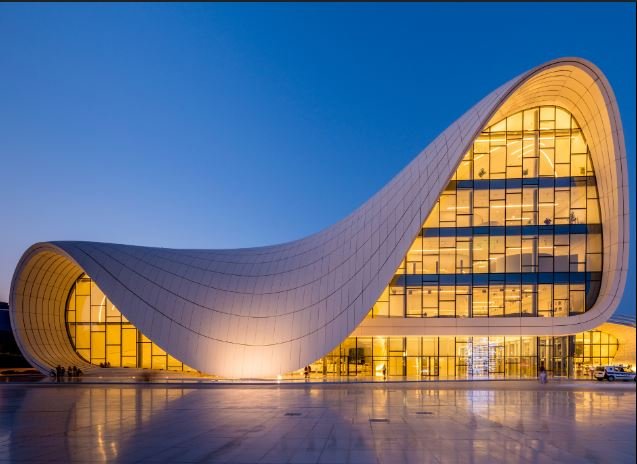A Pioneering Architect Who Defied Convention
In the realm of architecture, certain visionaries stand out for their ability to challenge conventions and redefine possibilities. This blog explores the life and achievements as well as the legacy of Frank Gehry, an architect renowned for his innovative spirit and transformative impact on contemporary architecture.

Early Life and Influences
Born in Toronto, Canada, in 1929, Frank Gehry, originally named Frank Owen Goldberg, demonstrated an early passion for architecture. Influenced by his Jewish heritage and the vibrant arts scene of Toronto, Gehry’s formative years were marked by a fascination with unconventional design ideas and a determination to break away from traditional architectural norms.
Defying Conventions in Design
Frank Gehry quickly gained recognition for his bold and visionary approach to architecture. He was known for pushing the boundaries of design through his use of unconventional materials and sculptural forms. Gehry’s architectural style, characterized by dynamic and fluid shapes, challenged the rigid conventions of modernism and embraced a more expressive and organic aesthetic.
Innovative Projects and Contributions
Throughout his career, Frank Gehry embarked on groundbreaking projects that redefined architectural possibilities. One of his most notable projects, the Guggenheim Museum Bilbao in Spain, completed in 1997. It showcases Gehry’s signature style with its undulating titanium-clad surfaces and innovative spatial design. The museum not only revitalized the city of Bilbao but also became an icon of contemporary architecture, demonstrating Gehry’s ability to merge art, architecture, and urban revitalization.
Enduring Legacy and Influence
Frank Gehry’s legacy extends beyond his innovative designs. His contributions to architectural theory and practice continue to inspire architects worldwide. By challenging conventions and embracing creativity, Gehry paved the way for future generations to explore new avenues in architectural expression and technological innovation.
Contemporary Reception and Recognition
Despite initial skepticism towards his avant-garde designs, Frank Gehry eventually garnered widespread acclaim for his innovative contributions to architecture. His ability to integrate cutting-edge technologies and materials into his designs set new standards for sustainability, functionality, and aesthetic appeal in contemporary architecture.
Cultural and Social Impact
Beyond architectural innovation, Frank Gehry’s work also made significant cultural and social impacts. His designs have transformed urban landscapes and cultural institutions, creating spaces that foster community engagement and cultural exchange. Gehry’s approach to architecture emphasizes the importance of context, cultural identity, and sustainability, reflecting a deep understanding of architecture’s role in shaping society.
Legacy in Architectural Education
Frank Gehry has also had a lasting impact on architectural education through his teaching and mentorship. His educational initiatives and lectures have influenced countless students and aspiring architects. Encouraging them to embrace creativity, innovation, and interdisciplinary collaboration in their work.
Reflections on Innovation and Vision
In reflecting on Frank Gehry’s legacy, it becomes evident that his contributions transcend mere architectural innovation. He embodies a visionary spirit that embraces experimentation, risk-taking, and a relentless pursuit of excellence. Gehry’s ability to anticipate future trends and anticipate societal needs has established him as a pioneer in contemporary architecture.
Conclusion
The legacy of Frank Gehry remains a beacon of innovation and creativity in the architectural world. His ability to defy conventions and push the boundaries of design has left an enduring legacy that continues to shape architectural discourse and inspire future generations of architects. As we celebrate his achievements, we are reminded of the transformative power of architecture to redefine spaces, provoke thought, and enrich the human experience.



